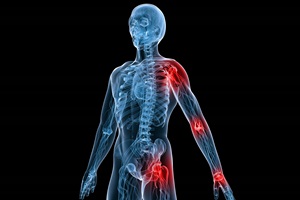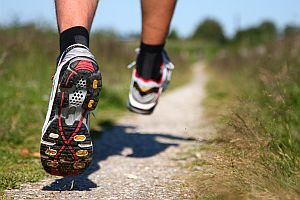
Weight training has a number of benefits for adults, including increased bone density, muscle strength, and physical work capacity, but can it have the same benefits for kids? Most health and fitness experts say “Absolutely, yes!” However, there are a few important caveats. Strength training for kids can be very beneficial, but certain limitations should be kept in mind.
Weight Training vs. Power Lifting or Bodybuilding
Kids can increase their strength, stamina, coordination and overall health through supervised strength training. By “strength training”, we mean exercises that use controlled movements with proper technique and light resistance to build strength. This should not be confused with powerlifting or bodybuilding, which focus on lifting progressively heavier weights or using weights to “sculp” musculature. When kids lift heavy weights, it places too much strain on their still-developing muscles and joints, and puts them at high risk of injury. Children should stay away from heavy free weights until they hit puberty. Instead, they should focus on strength training with body weight exercises and resistance tubing.
How Young is Too Young for Weight Training?
There is no magical age at which a child is ready for weight training. Instead, it depends on each child’s ability to follow directions and practice enough to achieve proper form. This can happen as early as seven or eight in some kids, but not in all. If your child seems content just running and playing, games like tag and tug of war can be a fun way to build strength and endurance. However, if your child shows an interest in using strength training to grow stronger, and you believe they are mature enough to practice good technique, it can be safe and even beneficial to start an age-appropriate weight training program.
Safe Weight Training for Kids
If your child has a history of medical problems, it is wise to check in with their doctor before starting a program. When you get the okay, take some time to talk with a coach or personal trainer who has some experience in strength training for children to learn which techniques to use and which to avoid. When you and your child are ready to start training, start with body weight exercises and resistance bands. Focus on the importance of proper form rather than working with heavier weights. Be prepared to stick with your child throughout his or her training: supervision helps prevent injuries.
Strength training can help children become better at sports, maintain a healthy weight, and feel good about themselves. When done in the proper manner, it can be a safe and fun activity. If you and your child are interested in starting a weight training program, consider talking with a chiropractor beforehand. Your chiropractor can help you better understand how this sort of training will impact your child’s musculoskeletal growth and development, as well as advise you on the best ways to keep your child safe and injury-free while training. With the right perspective and support, weight training can be a beneficial and fun activity for just about any child!







 It almost seems like a silly question, but it’s worth answering nonetheless. Why? Because it’s too important not to—a great many people could avoid the potentially serious health problems associated with being overweight or obese by losing the extra pounds. And the sooner the better.
It almost seems like a silly question, but it’s worth answering nonetheless. Why? Because it’s too important not to—a great many people could avoid the potentially serious health problems associated with being overweight or obese by losing the extra pounds. And the sooner the better.
